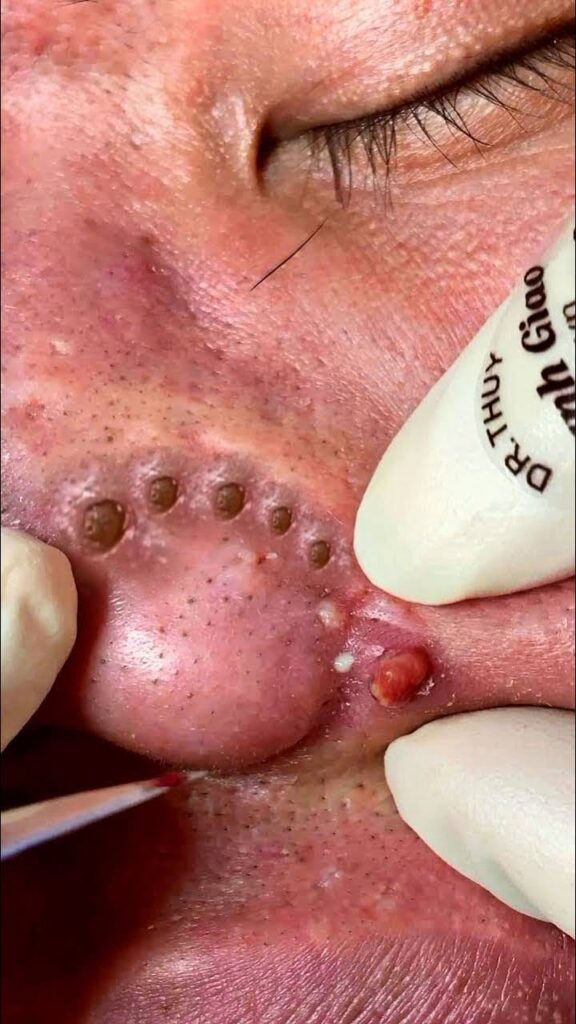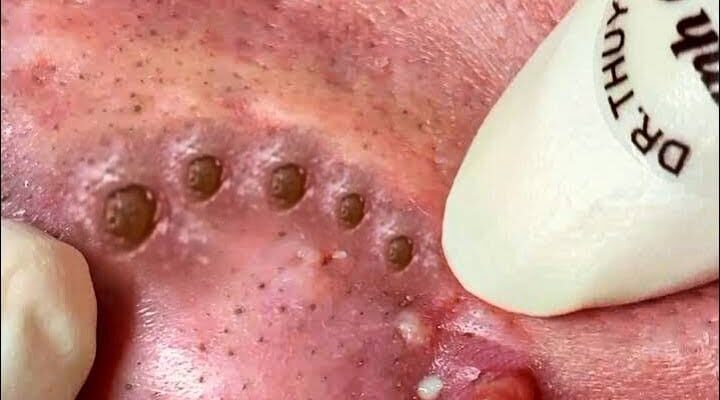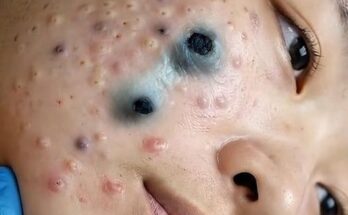If you have ever struggled with acne, you probably know how frustrating it can be to find a skincare ingredient that truly helps.
Between endless cleansers, serums, and spot treatments, the search for something that calms the skin without causing dryness or irritation often feels endless.
One ingredient that has earned a strong reputation among dermatologists and skincare enthusiasts alike is niacinamide.
This gentle yet powerful form of vitamin B3 has become a star in skincare routines, and for good reason it supports clearer, calmer, and more balanced skin.

Understanding What Niacinamide Is
Niacinamide, also known as nicotinamide, is a water-soluble vitamin and an active form of vitamin B3. It plays an important role in maintaining healthy skin, helping to support the skin barrier, regulate oil production, and reduce visible redness. Unlike some stronger ingredients that can cause irritation, niacinamide is well-tolerated by most skin types — even sensitive or acne-prone skin. Because it can be easily incorporated into both simple and advanced skincare routines, it’s become one of the most versatile ingredients available.
How Acne Develops
To understand how niacinamide helps acne, it’s useful to know how acne forms in the first place. Acne typically begins when pores become clogged with excess oil, dead skin cells, and sometimes bacteria. This combination can lead to blackheads, whiteheads, and inflamed blemishes. Hormonal changes, stress, diet, and genetics can also play roles in making acne worse. When the skin’s natural balance is disrupted, oil glands can produce too much sebum, creating an environment where bacteria thrive. This leads to inflammation, which shows up as redness, swelling, or painful pimples. A good acne-care ingredient should therefore do several things at once: help balance oil production, calm inflammation, and strengthen the skin’s barrier. Niacinamide fits this description perfectly.
Niacinamide and Oil Regulation
One of the most impressive benefits of niacinamide is its ability to help regulate the skin’s oil (sebum) production. Overactive oil glands are a key contributor to clogged pores and breakouts. By signaling the skin to produce a more balanced amount of oil, niacinamide helps prevent the cycle of excessive shine and congestion. This makes it an especially valuable ingredient for people with combination or oily skin types who want to manage acne without over-drying their skin. In several studies, niacinamide has been shown to help reduce the appearance of greasy skin over time. The result is a smoother, more refined look that feels balanced rather than stripped.
Soothing Redness and Inflammation
Acne-prone skin is often red, irritated, and sensitive due to inflammation beneath the surface. Niacinamide has gentle, calming properties that help soothe visible redness and reduce the look of irritation. It supports the skin’s natural barrier function, allowing it to better retain moisture and defend against environmental stressors. When the barrier is healthy, the skin is less likely to overreact to bacteria, pollution, or harsh skincare products — all of which can make acne worse. Because of its ability to calm the skin, niacinamide is often recommended as a companion ingredient to stronger acne treatments such as retinoids or exfoliating acids. It helps offset the dryness and flaking that can come from those products, making a skincare routine more comfortable and effective.
Supporting the Skin Barrier
A strong skin barrier is essential for healthy-looking skin. Think of it as a shield that keeps moisture in and irritants out. When this barrier is weakened, skin can become dry, tight, and more prone to breakouts. Niacinamide supports the production of ceramides — natural lipids that hold the skin barrier together. With regular use, this ingredient helps the skin stay hydrated, supple, and resilient. Healthy, hydrated skin is less likely to produce excess oil to compensate for dryness, which means fewer clogged pores in the long run. This is one of the reasons niacinamide is often described as a “balancing” ingredient: it doesn’t make the skin oily or dry, but instead helps it find a natural equilibrium.
Reducing the Appearance of Post-Acne Marks
Even after blemishes heal, many people are left with dark spots or uneven tone. These marks, known as post-inflammatory hyperpigmentation, can linger long after acne has cleared. Niacinamide is known for helping to even out the appearance of skin tone by supporting a more balanced distribution of pigment. While it’s not a bleaching agent, it gently encourages a brighter, more uniform look over time. This makes niacinamide an excellent choice for anyone who wants to not only prevent new breakouts but also improve the overall appearance of their skin after acne has resolved. With consistent use, many people notice that their complexion looks more radiant and smooth.
Compatibility With Other Ingredients
Another advantage of niacinamide is that it pairs well with most other skincare ingredients. Whether your routine includes retinol, salicylic acid, hyaluronic acid, or peptides, niacinamide can often be used alongside them without issues. It works in both water-based serums and moisturizers, and because it’s non-comedogenic, it won’t clog pores. Dermatologists often recommend introducing it gradually, especially if you’re using several active ingredients at once. Starting with a lower concentration — such as 5% — is usually sufficient for most people. Over time, your skin can adjust, and you can decide if higher concentrations offer added benefits.
Choosing the Right Niacinamide Product
Niacinamide can be found in many types of skincare products, from toners and serums to moisturizers and even cleansers. For acne-prone skin, a lightweight serum or gel-based moisturizer is often the best choice, as it delivers the ingredient directly to the skin without feeling greasy. Look for products labeled as suitable for oily or sensitive skin and avoid those with heavy fragrances or alcohols that could cause irritation. Consistency is key. Using niacinamide once or twice daily, depending on your routine, can help you see gradual improvements in oil control, redness, and overall clarity. It’s gentle enough for long-term use and can become a staple in your skincare routine.
Setting Realistic Expectations
While niacinamide is a fantastic ingredient for supporting clearer, healthier-looking skin, it’s important to have realistic expectations. Like most skincare ingredients, it works best with regular use and as part of an overall balanced routine. Improvements typically become noticeable within several weeks to a few months. Maintaining a consistent cleansing and moisturizing regimen, eating a balanced diet, and avoiding picking or squeezing blemishes will all help enhance your results. If acne is severe or causing significant discomfort, it’s always a good idea to speak with a licensed dermatologist. They can help identify the best treatment plan and guide you toward products that complement niacinamide’s benefits.
The Bottom Line
Niacinamide has earned its place as one of the most trusted skincare ingredients for acne-prone skin. Its gentle yet effective properties make it suitable for nearly everyone, from teenagers dealing with their first breakouts to adults managing persistent blemishes. By helping to regulate oil, calm redness, support the skin barrier, and improve the appearance of post-acne marks, niacinamide offers a balanced and approachable way to care for your skin. Incorporating niacinamide into your daily routine doesn’t have to be complicated. A small step — like adding a serum or moisturizer that contains it — can make a meaningful difference over time. With patience and consistency, this vitamin-powered ingredient can help you feel more confident in your skin, showing that sometimes, the simplest solutions can be the most effective.


